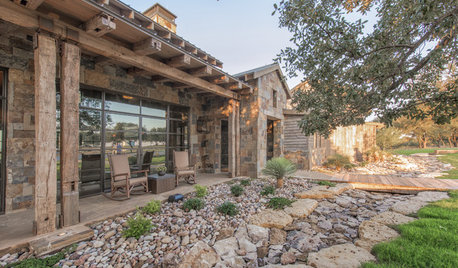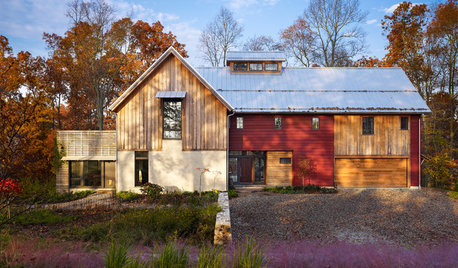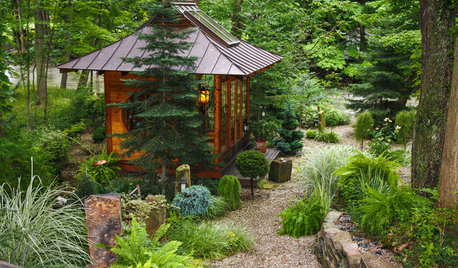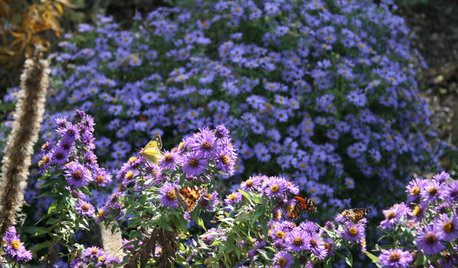Permaculture Guild Site?
plot_thickens
12 years ago
Related Stories

LANDSCAPE DESIGNTo Manage Stormwater Sustainably, Understand Your Site
Follow this guide to learn how water moves through your landscape and how best to manage it
Full Story
FARMHOUSESHouzz Tour: Nestling Into the Rural Pennsylvania Landscape
Regional barns and nature provide the inspiration for a new home sited between a meadow and the woods
Full Story
ARTSee Winning Modern Quilts on Display at QuiltCon 2015
Top quilts have been chosen from among hundreds at the international show in Austin through February 22. View them and others here
Full Story
HOMES AROUND THE WORLDHouzz Tour: Personal Warmth in a 90-Year-Old Swedish Villa
A family outfits its 1926 seaside home with a mix of modern and traditional furnishings and a clear vision of home as sanctuary
Full Story
HOUZZ TOURSHouzz Tour: Ocean Views Exhilarate on the Sunshine Coast
Expansive gable windows and French doors offer an uninterrupted vista of the Pacific in this bright British Columbia A-frame
Full Story
GREEN BUILDINGOff the Grid: Ready to Pull the Plug on City Power?
What to consider if you want to stop relying on public utilities — or just have a more energy-efficient home
Full Story
LANDSCAPE DESIGNMysticism and Meaning Meet in an Ohio Artist’s Gardens
Step into landscape scenes rife with symbolism, inspired by math, philosophy and the stars
Full Story
FLOWERS15 Native Flowers That Attract Butterflies
By picking plants from this list that are right for your location, you’ll get colorful blooms and support pretty pollinators
Full Story
HOUZZ TOURSMy Houzz: Vintage Furnishings With Stories to Match
A photographer and a musician make their 600-square-foot Seattle apartment their home with carefully curated secondhand finds
Full Story
EARTH DAYThe Case for Losing the Traditional Lawn
Work less, help the environment and foster connections by just saying no to typical turf
Full Story





Haname
plot_thickensOriginal Author
Related Professionals
Davidson Landscape Contractors · Doctor Phillips Landscape Contractors · Mason Landscape Contractors · National City Landscape Contractors · North Chicago Landscape Contractors · Raleigh Landscape Contractors · Rio Linda Landscape Contractors · New Carrollton Landscape Contractors · Northlake Landscape Contractors · Annapolis Siding & Exteriors · Baltimore Siding & Exteriors · Bethany Siding & Exteriors · St. Louis Siding & Exteriors · Compton Solar Energy Systems · Santa Maria Solar Energy Systemsgardenlen
Belgianpup
bruc33ef
zuni
Belgianpup